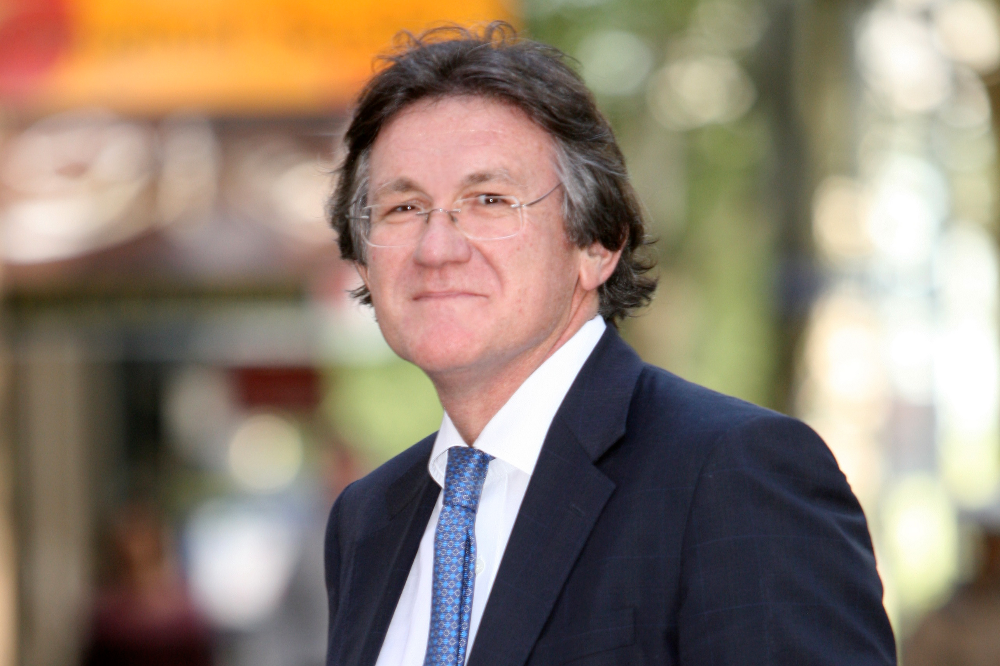NAB’s Residential Property Index has recovered some lost ground in the first quarter, underpinned by solid rental growth, but was still relatively weak as house prices continued to dip through the early part of 2023.
NAB residential property survey Q1-2023 showed that the index climbed to +9 points in Q123, an increase from +5pts in the previous quarter but was still below the survey average of +17pts and down sharply from +58pts at the same period last year.
The Northern Territory registered the highest housing market sentiment, at +67pts, followed by Western Australia, +51pts, and South Australia, +41pts. In VIC, sentiment rose to +5pts after two consecutive falls. QLD’s state index held steady at +6pts and in NSW, where housing values have declined most in the past year, sentiment moved deeper negative to -7pts.
Confidence levels saw a slight improvement in Q1 but continued to indicate a relatively slow housing market recovery over the next few years. NAB’s one-year confidence measure lifted to a well below average of +15pts, while the two-year measure was at a well below average of +33pts.
NAB’s average survey forecast for national house prices in the next 12 months was broadly unchanged at -2.3%, and so were the bank’s longer-term expectations at -0.3%. Expectations for the next 12 months were highest in the NT (1.5%) and WA (1.2%), with house prices declining across the rest of the country, led by VIC (-3.6%), the ACT (-3.3%), and NSW (-3.2%).
“Our view is that house prices see a further small fall from here, around -3.5%, and then a period of flat prices which will see prices end the year around 4% lower,” said Alan Oster (pictured above), NAB group chief economist. “This would be a peak-to-trough decline of around 12% compared with our previous expectation of a decline of around 20%. The key driver of the decline to date in dwelling prices has been the very big reduction in borrowing power as rates have risen. However, stronger population growth, a tight rental market, and strong labour market are key offsets.”
Rental expectations remained high and well above survey average levels, amidst very low rental vacancy and high demand. National rents were predicted to rise 4% next year and in two years’ time. With rental growth continuing to outpace dwelling values, gross rental yields were also expected to continue to rise. All states had positive expectations for the next year, led by WA (4.7%), the NT (4.6%), VIC (4.5%), SA (4.3%) and NSW (4.2%).
First-home buyers (FHBs) appeared to have pulled back in new property markets during Q1, as foreign buyers began to re-emerge as key players. FHB’s share of total sales slipped to a near six-year low 35.7%, driven by a sharp fall in the market share of FHB owner-occupiers to a five-and-a-half year low 23.7%. The overall market share of foreign buyers in new property markets, meanwhile, increased to 7.9%, underpinned by steep rise in NSW to 16.2%. The share of foreign buyers in VIC, however, fell to a 2-year low 4%.
Owner-occupiers (net of FHBs) continued to dominate buying activity in established housing markets, accounting for 46.1% of all sales. The overall share of FHBs in established housing markets dropped to 31.9% but was still slightly above the survey average.
Construction costs continued to be the biggest constraint for new housing development in Australia and were deemed a “very” significant constraint nationally.
Interest rates likewise were now being viewed as a “very” significant constraint nationally, due to the OCR lifting a further 25bps in February and March to a near 11-year high 3.6%. Rising rates have become the biggest constraint for home buyers in all states, except for WA, where lack of stock was having the biggest impact on buyers. Access to credit was the next biggest hurdle for buyers and was also deemed “significant” in all states except WA.
“More broadly, we see the economy slowing from here, as the impact of higher rates and inflation weigh on household consumption,” Oster said. “This will see a deterioration in the unemployment rate, albeit from a very low base, and ultimately see wage growth remain consistent with ‘at target’ inflation. Therefore, with global factors continuing to wane, inflation will continue to moderate, and the RBA is likely to remain on hold after pausing its sequence of cash rate increases in April at 3.6%.”
Use the comment section below to tell us how you felt about this.


